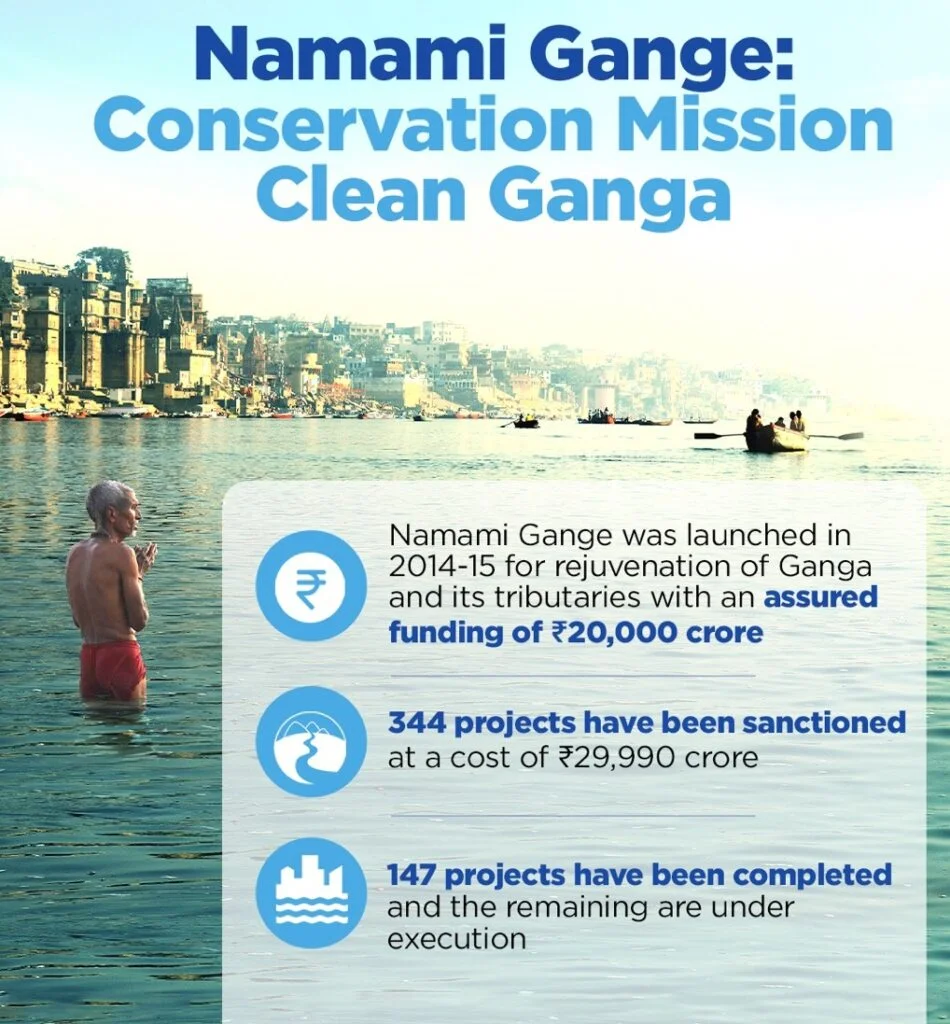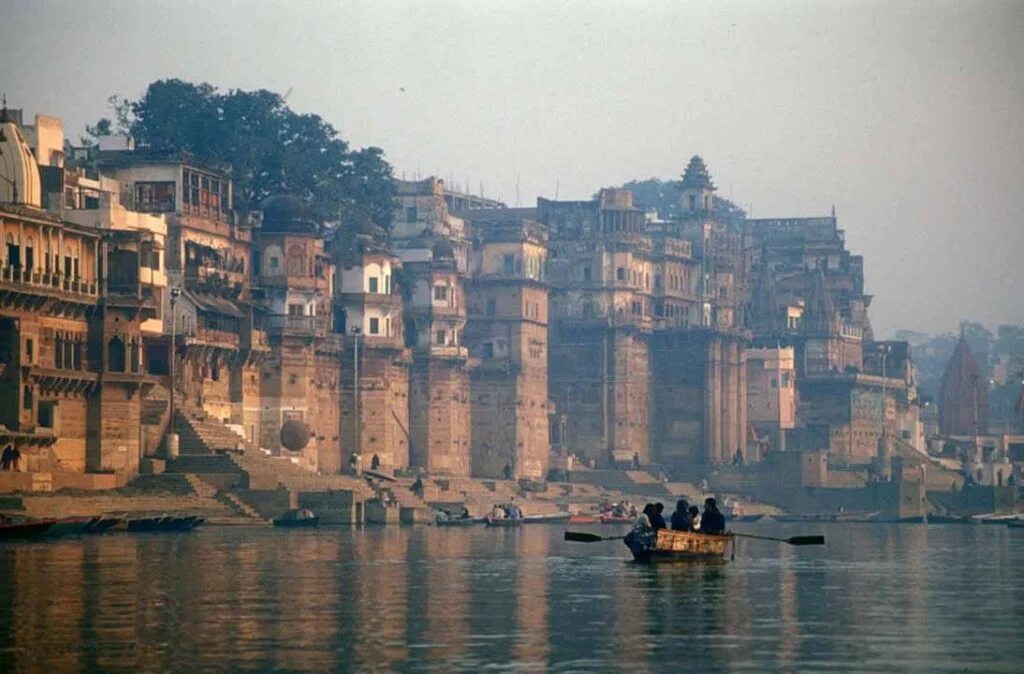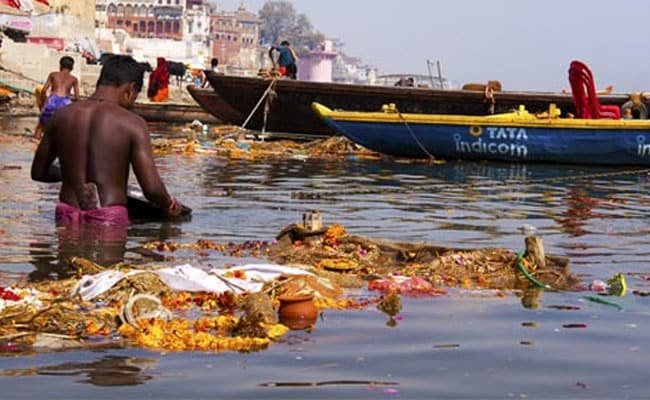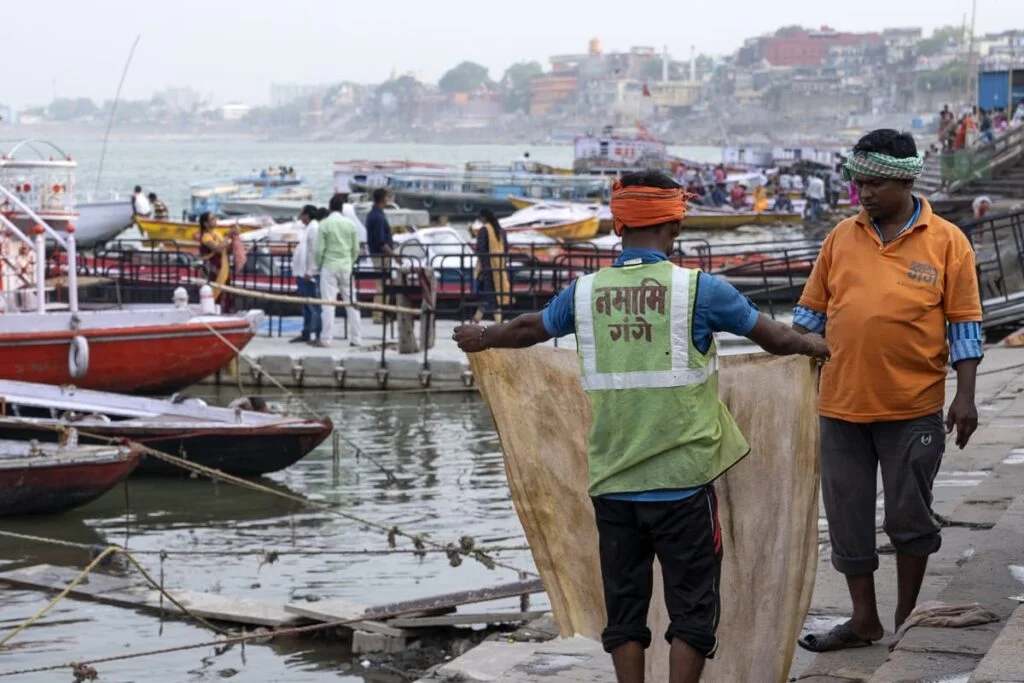
Niharika Priyadarshani Nayak, student of Saksham Sanchar Foundation shared a story on the analization of the project for protection of the National River Ganga.
The Ganga River, spanning over 2,500 kilometers from Gangotri in the Himalayas to Gangasagar in the Bay of Bengal, is not only a vital lifeline for millions of people but also holds immense cultural and religious significance. Unfortunately, it has been turned into a drain by more than 100 towns and cities in Uttar Pradesh, Bihar, and West Bengal, which continuously dump their garbage and largely untreated sewage into the river. The result is a pollution crisis exacerbated by human activities such as bathing, washing clothes, and the disposal of cremated remains, coupled with industrial chemical effluents that significantly decrease the river’s biodiversity.

In an effort to address this critical issue, the Ganga Action Plan was initiated by then Prime Minister Rajiv Gandhi in 1986. The plan aimed to reduce the pollution load on the river through a variety of measures, including:
- Human Waste Management: Reducing domestic waste from activities like bathing and laundry.
- Industrial Waste Control: Preventing the dumping of untreated industrial waste.
- Regulation of Religious Activities: Managing the influx of people during festivals who bathe in the river and the disposal of cremated bodies.

Despite the noble intentions, the Ganga Action Plan faced numerous challenges and ultimately failed. By the time it was withdrawn on March 31, 2000, approximately ₹9017.1 million (around $190 million USD adjusted for inflation) had been spent, but significant pollution reduction had not been achieved. Key factors contributing to the plan’s failure included:
- Population Pressure: An ever-increasing population along the river’s course.
- Inadequate Investment: Insufficient funding for necessary water quality infrastructure.
- Governance Issues: Poor administrative oversight and coordination.
- Lack of Empowerment: Limited involvement and empowerment of local communities.

In response to the failure of the Ganga Action Plan, the Indian government launched the Namami Ganga Program in June 2014. This flagship initiative was approved with a budget of ₹20,000 crore to achieve effective pollution abatement, conservation, and rejuvenation of the Ganga River.
Current Status of the Ganga River

- Water Quality Improvements: The Namami Gange Project (NGP) has made strides in improving the water quality of the Ganga River. Data from the Ministry of Jal Shakti indicate marginal improvements in key parameters such as Biological Oxygen Demand (BOD), Dissolved Oxygen (DO), and Fecal Coliform levels.
- Slow Progress: Despite these efforts, the cleaning process is slow. At the current pace, it may take decades to clean the entire river and make the water fit for human consumption.
- Project Investments: The Ministry of Jal Shakti has approved 310 projects worth ₹28,790 crore for cleaning the Ganga. However, the sewage treatment capacity of the NGP, currently at 1794 million liters per day (MLD), falls short of the 2953 MLD sewage generated by 97 towns along the river.
- Regional Improvements: Notable water quality improvements have been observed in the hilly regions of Uttarakhand, as well as in parts of Bihar and West Bengal, where a 30% improvement has been reported.

While the Namami Ganga Program shows promise, it underscores the need for sustained effort, comprehensive infrastructure development, and effective governance to restore the Ganga to its pristine state. The protection and rejuvenation of the Ganga are crucial not only for environmental reasons but also for the millions who depend on its waters for their daily lives and spiritual well-being.

